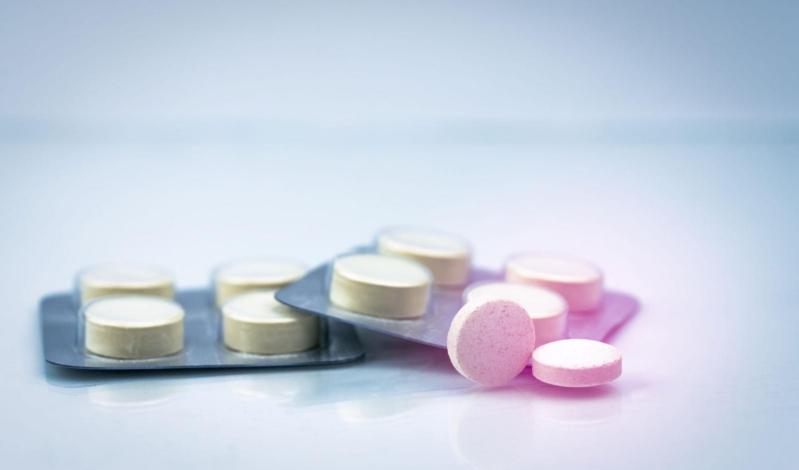Dissolution testing is a critical component of pharmaceutical product development and regulatory approval. It evaluates the rate at which a drug dissolves in the body, influencing its bioavailability and therapeutic effectiveness. Compliance with regulatory standards, such as those set by the FDA, EMA, and USP, is essential for ensuring the safety and efficacy of drug products. This article explores best practices for ensuring regulatory compliance in dissolution testing, highlighting key guidelines, methods, and quality control practices.
1. Introduction
Dissolution testing serves as an essential in vitro method to predict the in vivo performance of drug formulations. It is used to assess the release characteristics of a drug, providing insights into its absorption and bioavailability. Regulatory agencies, including the U.S. Food and Drug Administration (FDA), the European Medicines Agency (EMA), and the United States Pharmacopeia (USP), set rigorous standards for dissolution testing to ensure that drugs meet required quality and safety thresholds. Adhering to these standards is crucial for gaining regulatory approval and maintaining product consistency.
This article outlines the best practices for ensuring compliance with regulatory requirements in dissolution testing, focusing on methods, equipment, documentation, and quality control.
2. Understanding Regulatory Guidelines
Before implementing dissolution testing, it is vital to understand the regulatory frameworks that govern the process. Key standards and guidelines include:
- USP <711> – Dissolution: This is the primary standard in the United States for dissolution testing of solid dosage forms. It specifies the test methods, apparatus, and conditions under which dissolution testing should be performed.
- FDA Guidance on Dissolution Testing: The FDA provides comprehensive guidance on the role of dissolution testing in drug approval and its use in bioequivalence studies for generics. This guidance emphasizes consistency, reproducibility, and appropriate testing for new and generic drugs.
- EMA Guidelines: The European Medicines Agency also has guidelines outlining dissolution testing requirements, particularly for new drug formulations, generics, and modified-release products.
By familiarizing themselves with these guidelines, pharmaceutical manufacturers ensure that their dissolution testing methods align with global regulatory requirements, facilitating smoother approval processes.
3. Key Considerations for Regulatory Compliance in Dissolution Testing
3.1 Use of Validated Apparatus
Regulatory compliance requires the use of properly calibrated and validated dissolution testing equipment. Commonly used apparatus include:
- USP Apparatus 1 (Basket Method): Suitable for dosage forms like capsules and tablets.
- USP Apparatus 2 (Paddle Method): The most widely used method for tablets, used to measure the rate of dissolution of solid dosage forms.
It is essential to follow proper installation, operation, and maintenance procedures for each type of apparatus. Regular calibration, based on USP or other relevant standards, is required to ensure accurate results.
3.2 Standardized Testing Conditions
Consistency is a cornerstone of regulatory compliance. The dissolution test must be performed under standardized conditions to ensure that results are comparable and reproducible across different laboratories and testing sites. Key factors to control include:
- Dissolution Medium: The choice of dissolution medium, often a pH-buffered solution that simulates the gastrointestinal tract, should be consistent with the product type and regulatory guidance.
- Temperature: Standard testing conditions typically involve maintaining the dissolution medium at 37°C, mimicking body temperature.
- Rotation Speed: The paddle or basket speed should be within the specified range to ensure uniform dissolution.
Deviations from these standard conditions can lead to inaccurate data, which can jeopardize regulatory approval.
3.3 Documentation and Record Keeping
Regulatory agencies require robust documentation to verify that dissolution testing is performed correctly and consistently. Best practices include:
- Test Protocols: Written protocols detailing the dissolution procedure, including apparatus settings, dissolution medium, test duration, and sampling intervals.
- Batch Records: Detailed records of each dissolution test, including the date, operator, test conditions, and results.
- Calibration and Maintenance Logs: Records of regular calibration, maintenance, and performance checks for dissolution apparatus.
These documents not only ensure compliance during inspections but also provide a traceable history of testing and product quality for internal audits and regulatory reviews.
4. Compliance with In Vitro/In Vivo Correlation (IVIVC)
For certain drug formulations, especially those with extended-release or modified-release profiles, regulatory agencies may require an in vitro/in vivo correlation (IVIVC). This involves correlating dissolution data with clinical pharmacokinetic data to predict how the drug will perform in the body.
Adhering to the appropriate testing methods and having strong IVIVC data can facilitate faster approval processes, particularly for new drug products and generics. It’s essential to follow regulatory guidelines for IVIVC to ensure the formulation meets the required bioavailability standards.
5. Challenges in Regulatory Compliance for Dissolution Testing
5.1 Handling Variability in Dissolution Profiles
Variability in dissolution profiles can arise due to differences in raw materials, manufacturing processes, or even environmental conditions. It’s crucial to understand and control these sources of variability to maintain compliance with regulatory standards. Comprehensive testing and stability studies should be conducted to identify potential sources of variation and mitigate their impact.
5.2 Meeting Bioequivalence Requirements for Generic Drugs
For generic drugs, dissolution testing is a key component in establishing bioequivalence with the reference drug. The regulatory agencies may require that dissolution profiles of the generic product match those of the innovator drug under similar conditions. Meeting these requirements often involves conducting multiple dissolution tests, including tests under different conditions (e.g., various pH values) to demonstrate that the drug will behave similarly in vivo.
5.3 Compliance with Global Standards
As global markets for pharmaceutical products expand, complying with different international regulations becomes more challenging. Manufacturers must ensure that their dissolution testing methods meet the requirements of all the markets in which they intend to sell their products. This may involve harmonizing test protocols to meet the standards set by organizations such as the International Council for Harmonisation (ICH) and the World Health Organization (WHO).



